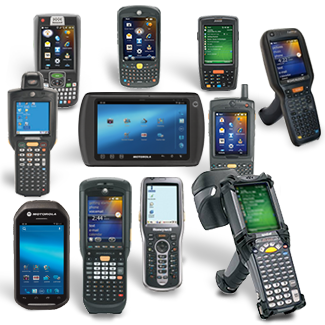Un piconet es una red informática que une un grupo de usuarios de dispositivos inalámbricos que utilizan protocolos de tecnología Bluetooth. Una piconet consta de dos o más dispositivos que ocupan el mismo canal físico (sincronizado con un reloj común y secuencia de salto). Se permite que un dispositivo maestro para interconectar con hasta siete dispositivos esclavos activos. Hasta 255 más dispositivos esclavos pueden estar inactivo, o estacionado, que el dispositivo maestro puede poner en estado activo en cualquier momento.
Algunos ejemplos de piconets incluyen un teléfono celular conectado a un ordenador, un ordenador portátil y una cámara digital compatible con Bluetooth, o varias PDAs que están conectados entre sí
Un grupo de dispositivos se conectan a través de la tecnología Bluetooth de manera ad hoc. Un piconet comienza con dos dispositivos conectados, y puede crecer hasta ocho dispositivos conectados. Comunicación Bluetooth siempre designa uno de los dispositivos Bluetooth como una unidad de control principal o unidad principal. Otros dispositivos que siguen a la unidad principal son unidades esclavas. Esto permite que el sistema Bluetooth para ser no basado en contienda (colisiones). Esto significa que después de un dispositivo Bluetooth se ha añadido a la piconet, cada dispositivo se le asigna un período de tiempo específico para transmitir y no chocan o se superponen con otras unidades que operan en la misma piconet.
Gama Piconet varía de acuerdo a la clase de dispositivo Bluetooth. Tasas de transferencia de datos varían entre 200 y 2100 kilobits por segundo.
Debido a que el sistema Bluetooth lúpulo más de 79 canales, la probabilidad de interferir con otro sistema Bluetooth es menor que 1,5%. Esto permite que varias piconets Bluetooth para operar en la misma zona al mismo tiempo con una mínima interferencia.
El piconet original era un tipo de red utilizado en las computadoras producidas por Nimbus RM plc.
ver más: https://en.wikipedia.org/wiki/Piconet

















